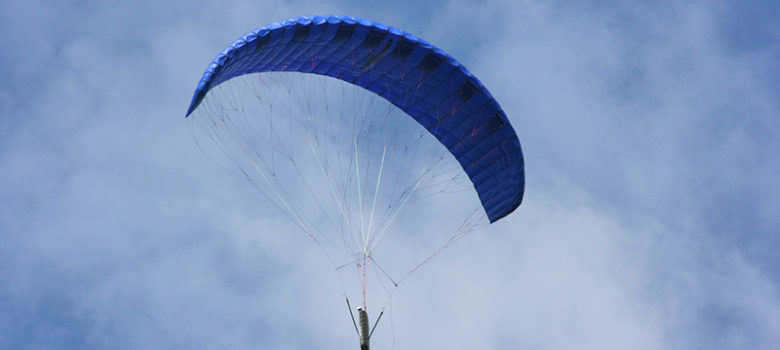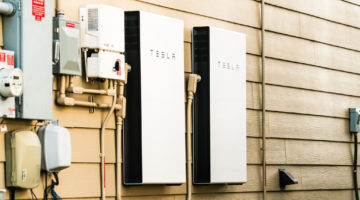
For the next few weeks, we are going to be featuring a series of green technology companies that we think are going to be key in future years. We will speak to the people who work for them and get industry experts’ predictions for the future. We are starting with Kite Power Systems, a UK-based company pioneering an exciting new method of renewable energy generation. We had a chat to KPS’s Paul Taylor, to find out what the company have been working on.
Kite power is a big hope for future energy generation, in the UK and around the world. It is hoped that, unlike other technologies, it will not require taxpayers’ subsidies because it can produce large amounts of energy at low cost. And it’s 100% renewable!
The technology has been in development for a few years but Kite Power Systems is expecting a breakthrough in the amount of energy it will be able to generate, thanks to massive new funding.
How does kite power work?
Put very simply, two 70m2 kites are attached to a turbine. When the wind blows, one kite rises (as high as 450 metres) in a figure of eight movement. This pulls a tether that turns a winch at its base, generating power. When the kite has reached its maximum height, it descends and is replaced by the other, meaning that power can be generated continuously.
The plan is to control the kites remotely, with specially-designed software.
What makes kite power different?
The belief is that the technology could produce energy much more cheaply than wind turbines, and on a far bigger scale, while requiring lower wind speeds. Extended testing has refined the technology to mean that a full sized 40-metre wide kite would be capable of generating two to three megawatts of electricity – about the same as a 100m conventional turbine.
Because kites are higher in the sky than wind turbines, they will attract stronger winds. The systems will work at their best offshore, where they can harvest the strongest, most reliable winds. They are designed to float, which will make them cheaper to moor than some offshore wind systems, which have to be fixed all the way down into the sea bed. The whole station can be easily winched back onto land for maintenance.
Kite Power systems estimate that just over 1,000 kites could produce as much electricity as the planned Hinkley Point C nuclear power station, as long as the wind is blowing.
Once the parts are in mass production, kite power is predicted to cost so little to set up that it can be used even in developing countries, as an alternative to carbon-heavy energy generation methods.
What’s the future for kite power?
It is looking hopeful, thanks to recent funding from Department for Business, Energy and Industrial Strategy (BEIS), as well as E.ON energy and several other private investors.
Recently, the technology has been attracting a lot of interest from the press and influential figures such as Bill Gates, who has been quoted as saying ‘there is a 10% chance kite power could be the “magic solution” for global renewable energy needs.’
From what we’ve been told, it looks like kite power could be a winner – its operational costs are lower than other technologies’, so with the right backing it could be affordable, and there are no CO2 emissions involved!
Kite Power Solutions has been testing on the Essex coast, but is now moving to a new location in Southern Scotland, where it will on a bigger scale. The hope is that a new 500kW plant will lead the way for other sites and energy generation on a bigger scale.
We are looking forward to seeing what’s in store for Kite Power Solutions! What do you think of the idea?
Think we missed something? Do you have a different opinion?
Comment below to get your voice heard…












Sounds like a good idea but how will birds fare with all the kite ‘ strings ‘ flailing around in the air?